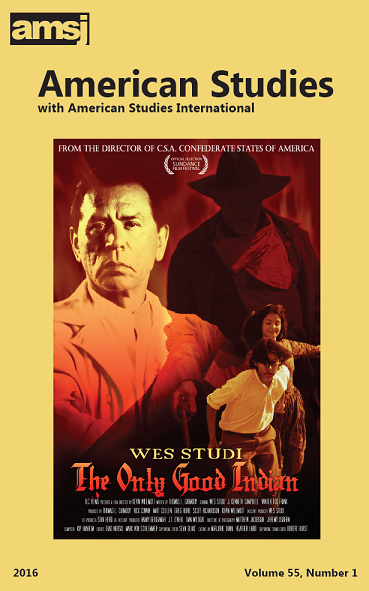Abstract
Many enslaved people in North America married by jumping the broomstick, but following their emancipation in 1865 most newly freed African Americans discarded the tradition. They believed it held embarrassing reminders of a period when black relationships were widely disrespected. By the late twentieth century, however, the custom recaptured African American interest, building on the popularity of scholarly literature and popular movements that emphasized the unique cultural traditions of enslaved Americans. This article examines the broomstick wedding’s broader appeal in American history, providing context to recent debates surrounding the custom’s pertinence to black and white Americans. I reveal that broomstick weddings were initially produced through transatlantic cultural exchanges during the eighteenth and nineteenth centuries. Couples marrying in broomstick fashion were associated with multiple groups upon the British Isles, such as gypsies and Celtic peoples, as well as poor whites and slaves in North America. Analyzing the ritual’s importance within these various communities provides context for examining the broomstick wedding’s function for enslaved laborers in North America before and after Emancipation. This study then analyzes the custom’s lingering influence in postbellum America and moves beyond the publication of Alex Haley’s Roots as the singular event that restructured African American culture and heritage. We should more appropriately view Roots’ depiction of Kunta Kinte’s broomstick marriage as a product of a preceding literary movement in African American scholarship and folk culture. By examining the ritual’s multicultural origins, this article provides the first detailed analysis of the broomstick wedding’s unique position in American history.
All items © Mid-America American Studies Association
Authors: If you prefer to remove your text(s) from this database please contact the editor.

